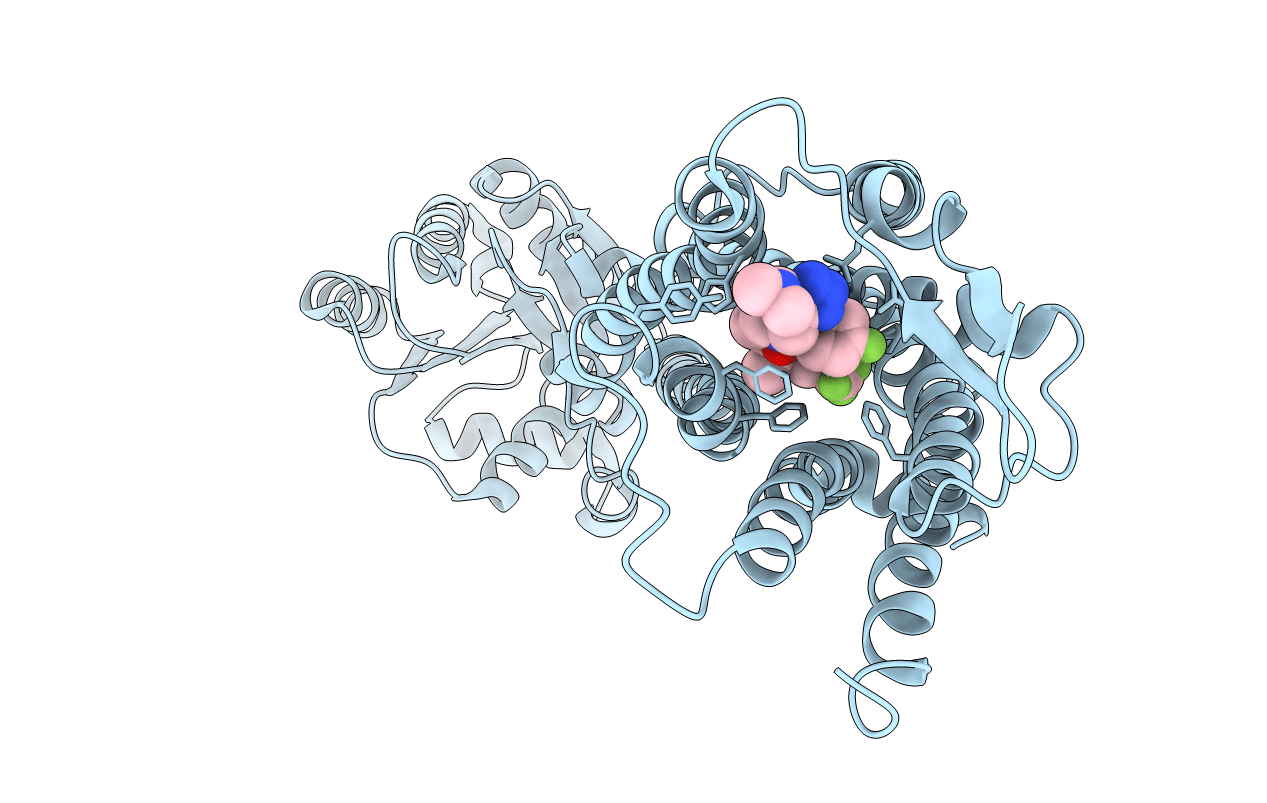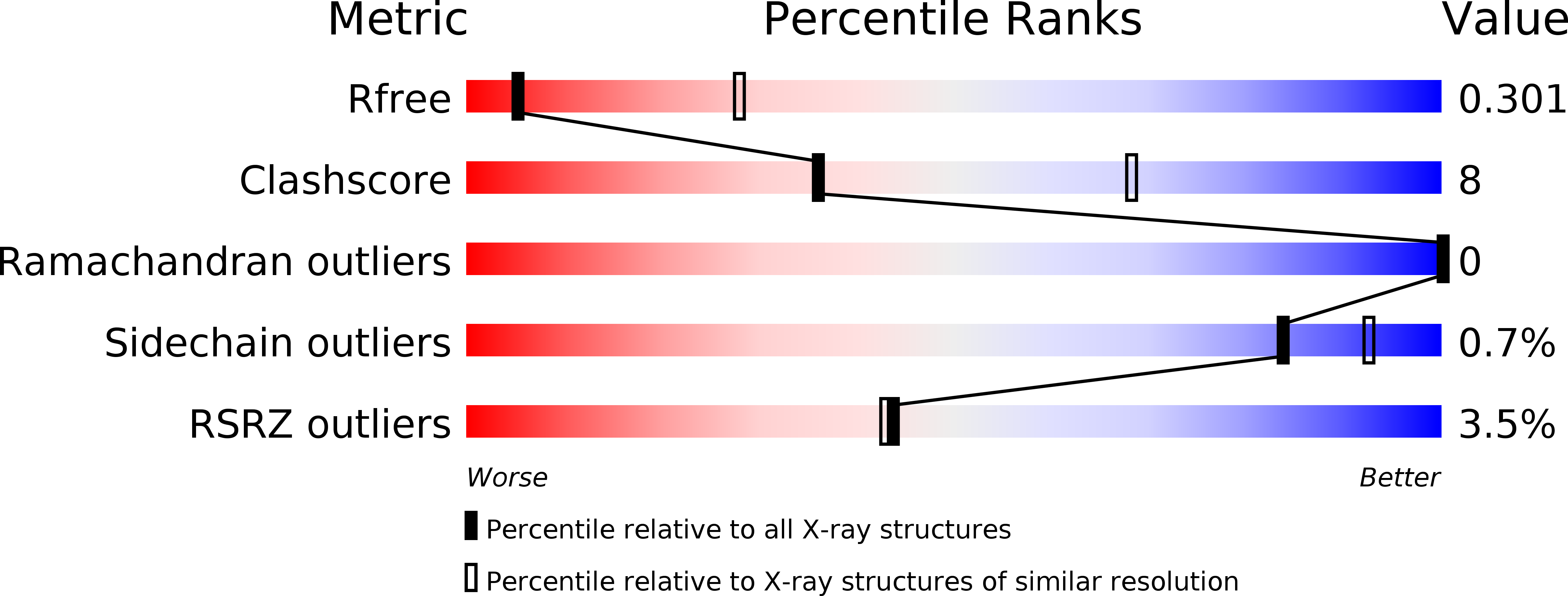
Deposition Date
2018-07-19
Release Date
2018-12-12
Last Version Date
2024-11-13
Entry Detail
PDB ID:
6E59
Keywords:
Title:
Crystal structure of the human NK1 tachykinin receptor
Biological Source:
Source Organism:
Homo sapiens (Taxon ID: 9606)
Pyrococcus abyssi (strain GE5 / Orsay) (Taxon ID: 272844)
Pyrococcus abyssi (strain GE5 / Orsay) (Taxon ID: 272844)
Host Organism:
Method Details:
Experimental Method:
Resolution:
3.40 Å
R-Value Free:
0.30
R-Value Work:
0.24
R-Value Observed:
0.25
Space Group:
C 1 2 1


